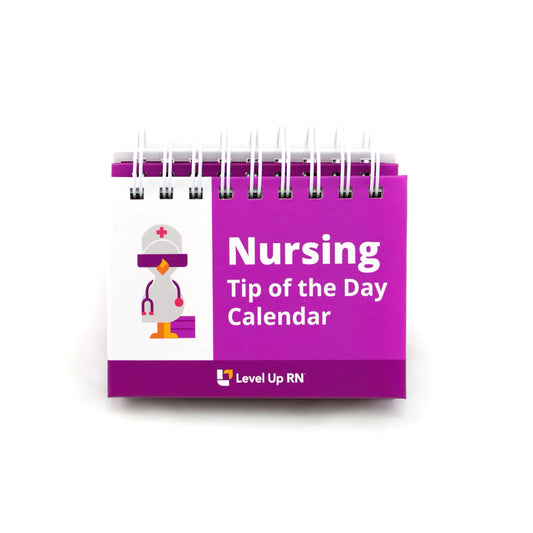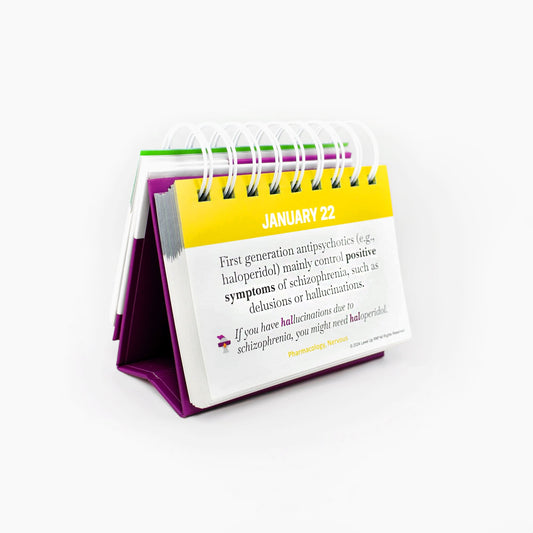- 00:00 What to expect in this episode of Ask A Nurse
- 00:16 What is athlete's foot?
- 00:40 What increases the risk for athlete’s foot?
- 1:14 What are the symptoms of athlete’s foot?
- 1:37 How is athlete’s foot treated?
- 2:18 How can I prevent athlete’s foot?
Ask a Nurse - Athlete's Foot
Updated: Cathy Parkes
Full Transcript: Ask a Nurse - Athlete's Foot
Full Transcript: Ask a Nurse - Athlete's Foot
Hi. I'm Cathy with Level Up RN. In this episode of Ask a Nurse, I'll be answering your questions about athlete's foot, such as what is athlete's foot, what are the symptoms of athlete's foot, how is athlete's foot treated, and how can I prevent athlete's foot?
The fancy name for athlete's foot is tinea pedis. This is a fungal infection that affects the feet, and it is very, very common. Athlete's foot is caused by a fungus called dermatophyte, and this fungus grows best in warm moist environments, such as between the toes. Athlete's foot is typically spread through contact with contaminated floors, clothes, or towels. Things that increase the risk for getting athlete's foot include living in a hot and humid environment, wearing closed shoes with socks, excessive sweating, as well as spending time in community pools, baths, and showers. This infection is called athlete's foot because it's very common with athletes. Athletes tend to spend a lot of time in locker rooms, public showers, as well as pools, and they often have sweaty feet. Symptoms of athlete's foot include scaly, peeling, and cracked skin, particularly between the toes. However, athlete's foot can affect other parts of the foot as well, including the toenails. Athlete's foot can also cause itching, burning, and stinging. And for some people, it can cause a bad smell as well. Most cases of athlete's foot can be treated with a topical over-the-counter antifungal agent, such as clotrimazole, miconazole, or ketoconazole, just to name a few. Many of these agents end in -azole, and they are available in a variety of forms, such as creams, gels, sprays, and powder. You should use these products as directed, and it's important to note that it can take several weeks for the infection to clear up. In addition to using a topical antifungal agent, it's going to be important for you to implement prevention measures, which we're going to talk about next.
Prevention of athlete's foot is really focused on keeping your feet clean and dry. So you should wash your feet daily with soap and water and be sure you dry your feet thoroughly, particularly between the toes. If you are prone to getting athlete's foot, you can use a talcum powder or antifungal powder on your feet or in your socks or shoes. And speaking of socks, you should choose socks that absorb moisture. So cotton socks are better than synthetic socks, such as nylon. You should change your socks daily and possibly more often if your feet get sweaty. You should let your feet air out as much as possible by wearing open-toed shoes or sandals. You should avoid going barefoot in locker rooms, public showers, or near swimming pools. And then you should not share your personal items, such as socks, shoes, and towels. It's important to see your provider if your symptoms don't improve with self-treatment using a topical antifungal agent. For severe cases of athlete's foot or recurrent infections, an oral antifungal agent may be required.
All right, that is it for this episode of Ask a Nurse. I hope you found it helpful. If so, be sure to hit that Like button. And if you have a health topic or question you'd like me to address in a future episode of Ask a Nurse, be sure to leave it in the comments. Stay informed and stay well.




